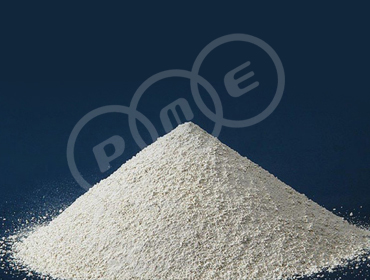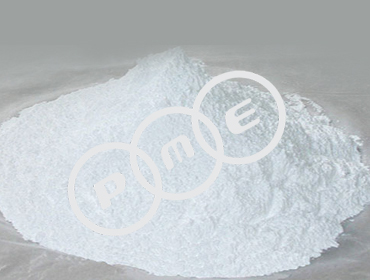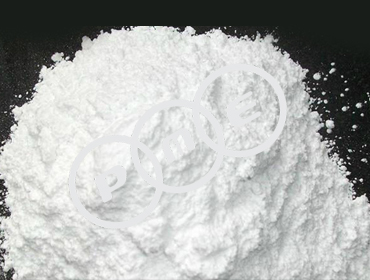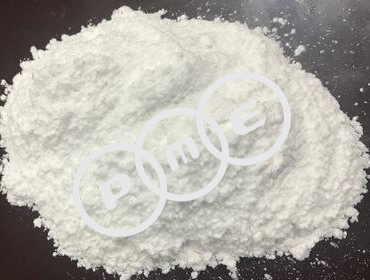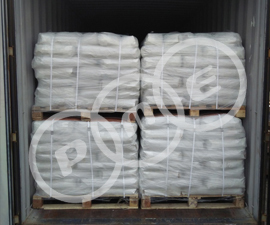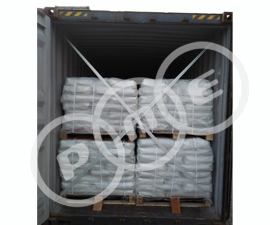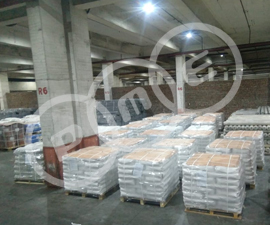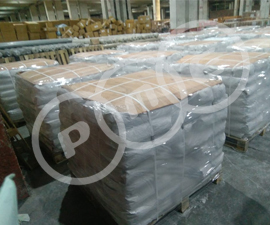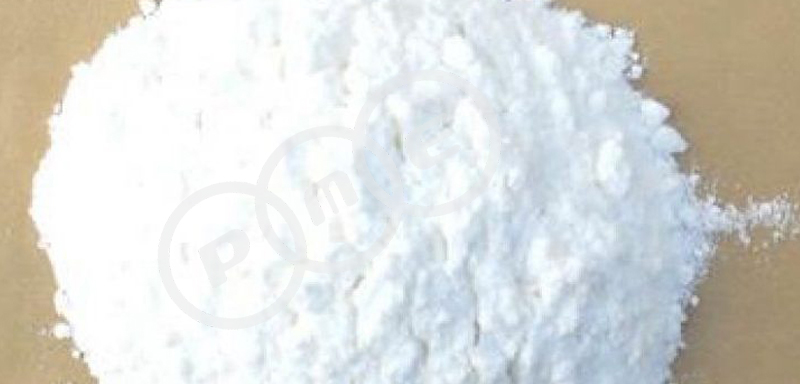
Talc
Talc is a versatile mineral, widely used in various industrial applications. The nature of deposit, formation of talc is the index of its chemical purity, particle shape and other physical features. Talc possesses some unique and unusual properties, which makes it ideal for its multiple uses. No other mineral other than talc possesses such combination of intrinsic properties.
Mainly there are three types of structures in the talc Platy, Acicular and Granular. Minerals commonly associated with some commercial talc in significant amounts include the Carbonates, Calcite, Dolomite, Magnesite & other Silicates, Anthophyllite, Chlorite, Quartz, Serpentine and Tremolites. Serpentine and Tremolites are hazardous impurities possessing ACICULAR structure.
The deposits located in the north of Rajasthan, are in massive form of the talc, primarily with the Platy particle shape with high chemical purity and reflectance values. They are non-abrasive and free from ASBESTOS and BIMINERALS, especially grits etc.
The important properties of Talc are its chemical inertness, high dielectric strength, high thermal conductivity, low electrical conductivity and Oil & Grease absorption.
Chemistry: Mg3Si4O10(OH)2,Magnesium Silicate Hydroxide
Class: Silicates
Subclass: Phyllosilicates
Group: Clays and also The Montmorillonite / Smectite Group.
Physical Characteristics
- Colour is snow white to almost silver.
- Luster is dull to pearly or greasy.
- Transparency crystals are translucent and masses are opaque.
- Crystal System is monoclinic; 2/m.
- Hardness is 1 (can leave mark on paper)
- Specific Gravity is 2.7 - 2.8 (average)
Uses of Talc Powder
- Talc is used in making paper, ceramics, cosmetics, paints, detergents, foam / rubber, putties. It is also used in making of precious products like Talcum powder, pharmaceuticals & plastics.

